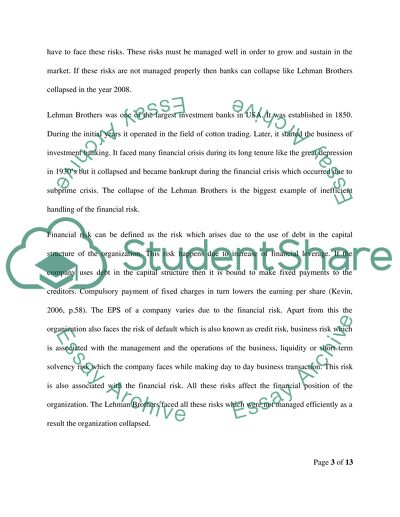Cite this document
(“Finance and Accounting Essay: financial markets and institutions Essay”, n.d.)
Retrieved de https://studentshare.org/finance-accounting/1390530-finance-financial-markets-and-institutions
Retrieved de https://studentshare.org/finance-accounting/1390530-finance-financial-markets-and-institutions
(Finance and Accounting Essay: Financial Markets and Institutions Essay)
https://studentshare.org/finance-accounting/1390530-finance-financial-markets-and-institutions.
https://studentshare.org/finance-accounting/1390530-finance-financial-markets-and-institutions.
“Finance and Accounting Essay: Financial Markets and Institutions Essay”, n.d. https://studentshare.org/finance-accounting/1390530-finance-financial-markets-and-institutions.


